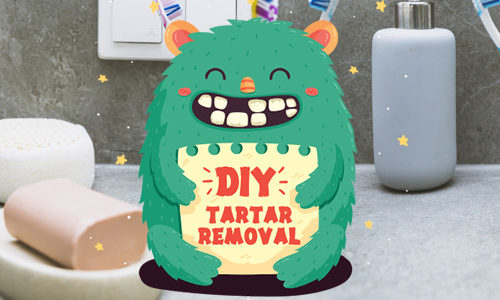
Mewing Tutorial: How to Mew? Before and After Effects and Results, Meaning, Guide
Mewing is a term that’s become popular in online communities. It refers to a specific tongue posture technique that is claimed to have various benefits, primarily reshaping the facial structure. Here’s a brief overview:
Origins of Mewing
Mewing is named after Dr. John Mew, a British orthodontist. Dr. Mew and his son, Dr. Mike Mew, have promoted the idea that how you rest your tongue affects your facial structure, especially the development of the maxilla (upper jaw).
Basic Principle of Mewing
The fundamental principle behind mewing is that by maintaining proper tongue posture, one can potentially influence the shape and alignment of the face and jaw over time. Proper tongue posture, according to mewing proponents, involves pressing the entire tongue (including the back of the tongue) against the roof of the mouth, while the lips are closed, and the teeth are either lightly touching or slightly apart.
Claimed Benefits of Mewing
- Improved facial aesthetics, especially a more defined jawline
- Improved breathing, potentially reducing or eliminating mouth breathing
- Alignment of the dental arches
- Prevention of orthodontic issues
Critiques and Controversies
While the idea of maintaining proper tongue posture is not controversial and is, in fact, a principle taught in speech therapy and certain orthodontic philosophies, some of the claims made by mewing enthusiasts, especially those related to drastic facial changes in adults, are more debated. Most of the evidence supporting mewing’s benefits is anecdotal, and there’s limited peer-reviewed scientific research on the topic.
It’s also essential to note that while some minor changes may be possible, significant skeletal changes in adults are unlikely without surgical interventions. The mewing technique might have more influence on children and adolescents whose bones are still growing.
Bottom Line
Mewing is a practice that emphasizes the potential benefits of proper tongue posture. While it’s unlikely to be harmful when done correctly, and it may offer specific benefits, its most dramatic claims (especially about facial restructuring in adults) should be approached with skepticism. If someone is interested in mewing or believes they have orthodontic or facial structure issues, they should consult with a dental professional or orthodontist.
This article is still a work in progress and was published on August 25, 2023, and last updated on August 25, 2023.





One Comment
Sarah Lanham
It isn’t skeletal changes. The upper jaw is soft tissue. This soft tissue is expanded to create an open bite and then the lower jaw moves position, forward and up to close the bite, but only if the mouth is kept closed for significant periods in the day. Also, the teeth must be healthy and strong before it is safe to create the open bite.
It retrains people to keep their tongue where it should be, and is naturally in healthy individuals, in order to balance the opposite forces of the upper jaw and tongue. It is the laws of physics. The upper jaw helps to hold up the cheekbones once the soft tissue has been expanded. The teeth, when given space, realign, turning and moving due to the forces of eating until eating becomes more efficient as the upper and lower teeth meet correctly. It shouldn’t be surprising that these forces, and the lack of them, are precisely the reason why some people have perfect teeth naturally and some do not. Our ancestors knew to sit up straight with elbows off the table.
It’s faster with children, but absolutely possible for adults. I had slight overcrowding from treatment in the 80s, age 13, which removed excess skin from under my lip and closed a gap. It was an excruciating upper palette brace and it trained me to position the tip of my tongue behind my bottom teeth. No retainer so that the gap would continue to close. By age 20 the gap had completely closed, but by age 30 my front teeth overlapped, by 35 my bite was affected and by 50 I could barely chew. Re-positioning my tongue to the roof of my mouth has given me my bite back, but it took 3 yrs because I did it alone.
My daughter had severe overcrowding and, age 17, I took her to see Dr M Mew. Without removing any teeth her overcrowding is resolved and she has space for wisdom teeth and her sleep apnea was resolved.
For us and every child with overbites, underbites, and problems that, “require surgery,” it is not anecdotal, it’s facts.